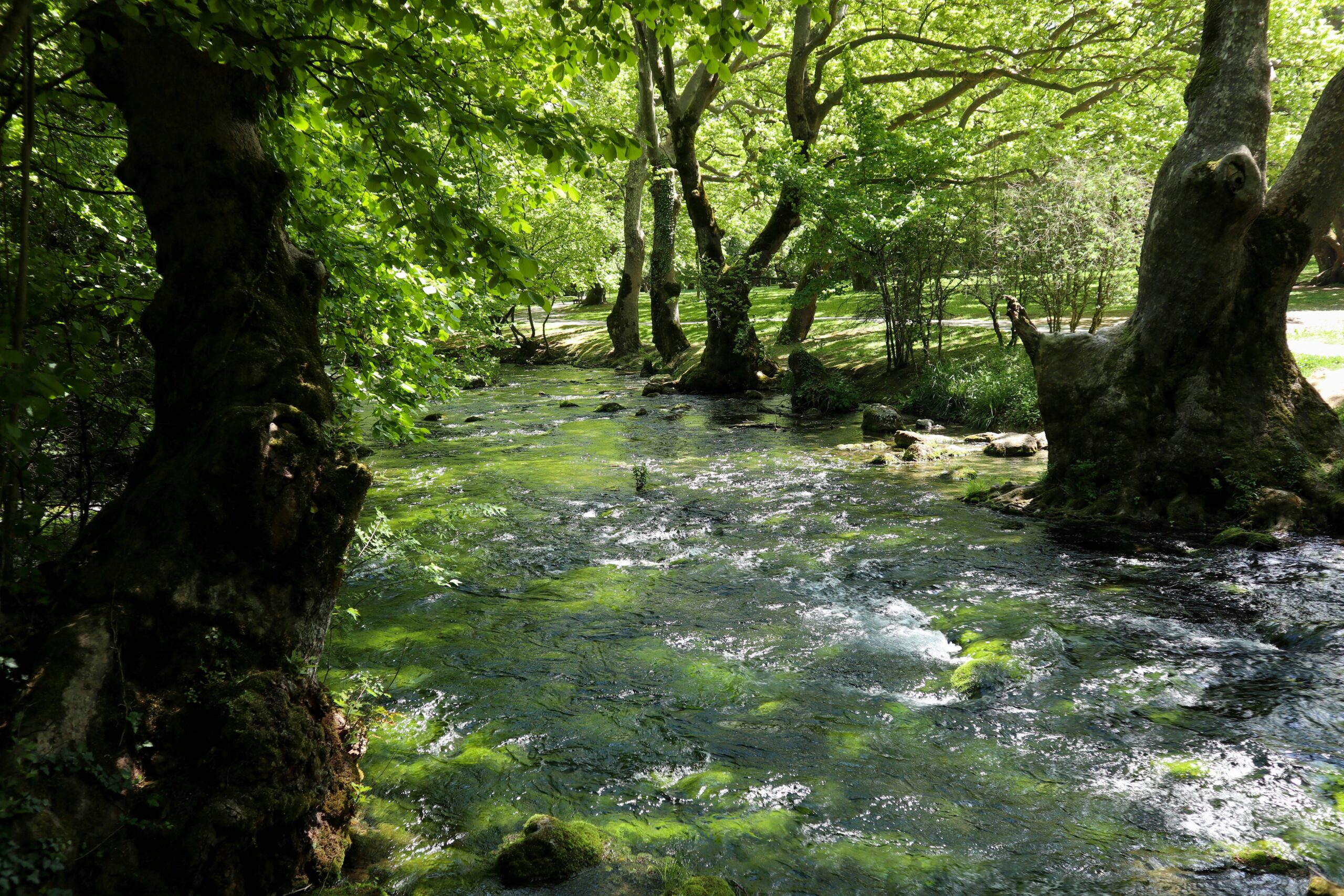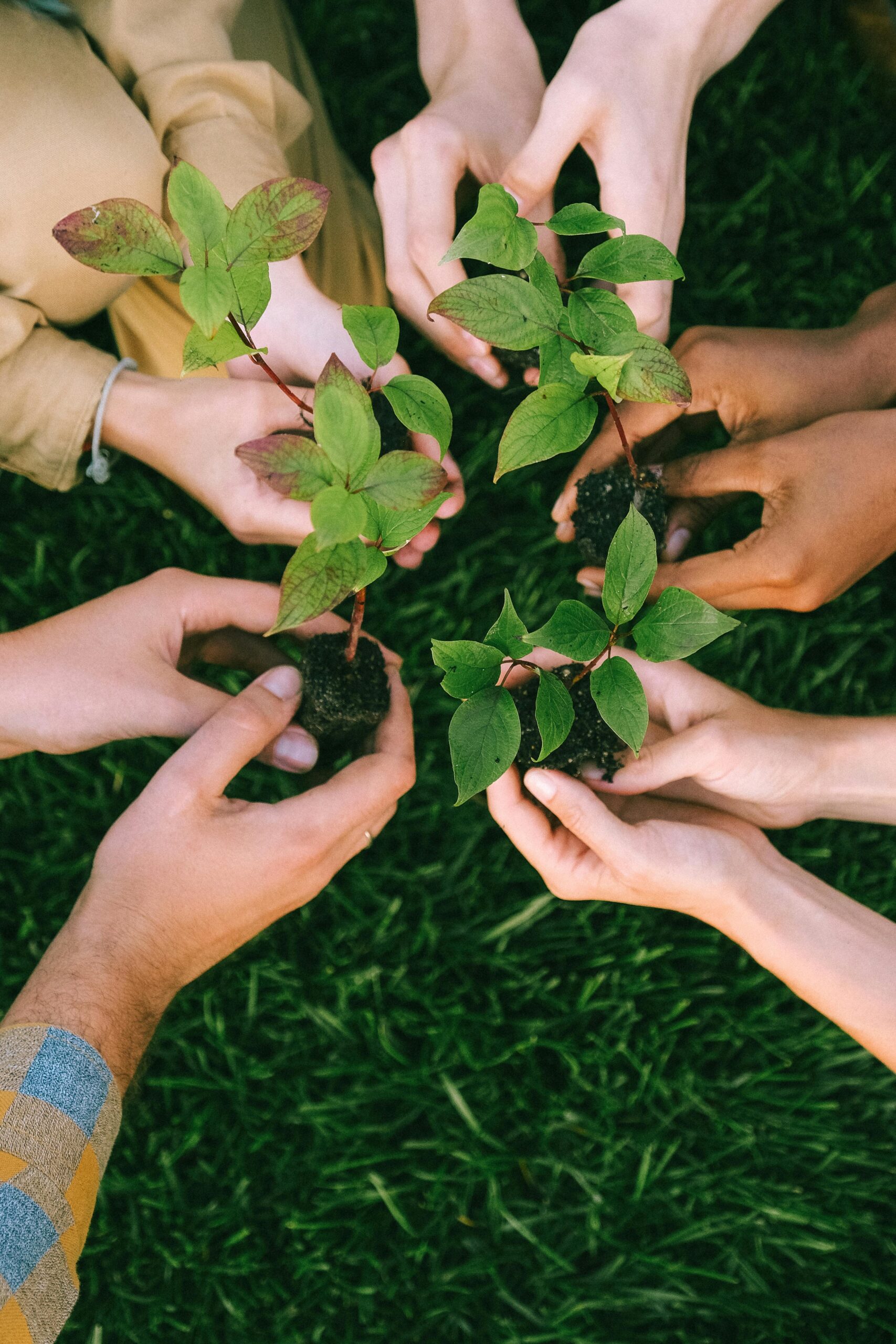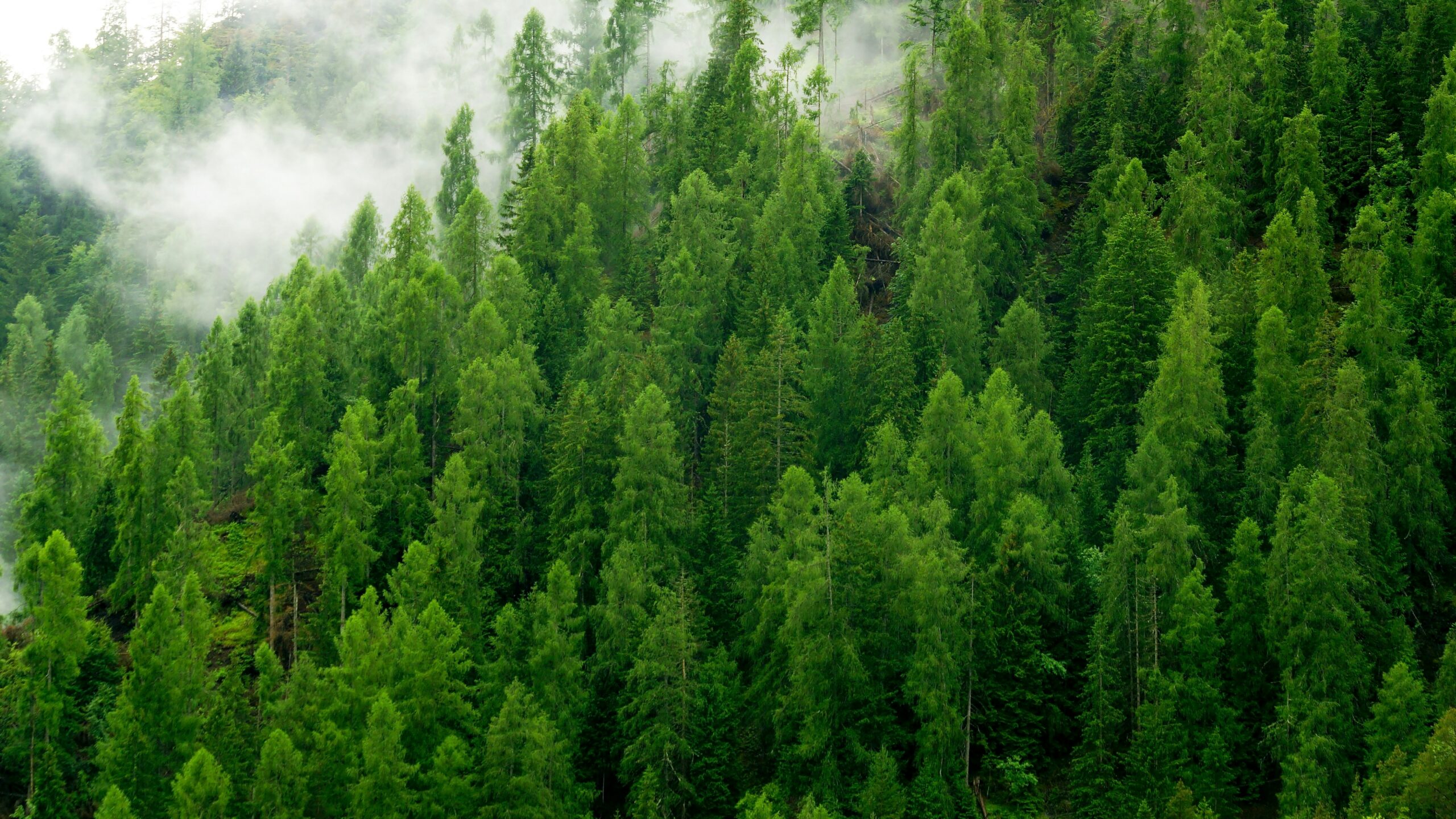Introduction to Nature Conservation
Nature conservation is a term that encompasses efforts to protect, preserve, and manage the natural environment. But, what is nature conservation? At its core, it’s about ensuring the survival of wildlife and plant species, preserving ecosystems, and maintaining biodiversity. It’s a vital practice that has gained more attention as we recognize the impact of human activities on the environment. Whether it’s reducing deforestation, protecting endangered species, or promoting sustainable agriculture, nature conservation is essential for a healthy planet.
Nature conservation is all about protecting and restoring the beauty and balance of the natural world around us. Organizations like the World Wildlife Fund work globally to safeguard species and their habitats, reminding us that every little effort counts.
The Need for Conservation in Today’s World
Nature conservation has never been more urgent. With rising pollution, climate change, and habitat destruction, we’ve seen the delicate balance of our ecosystems begin to unravel. The loss of biodiversity, caused by habitat loss and climate change, is especially concerning. Every species, from the tiniest insect to the largest mammal, plays a critical role in maintaining ecological balance. By preserving nature, we help ensure that these species can continue to thrive. The survival of all life on Earth is interconnected, so when one part of the system is damaged, the whole system suffers.
In today’s rapidly changing world, conservation is essential for safeguarding resources for future generations. We rely on nature for everything, from the air we breathe to the food we eat. So, protecting it isn’t just a noble cause—it’s necessary for our survival. Understanding what nature conservation means helps us recognize our responsibility in taking care of the environment. We are not just passive observers; we are an integral part of the ecosystem, and our actions matter.
What is Nature Conservation and Its Goals?
At the heart of nature conservation are three main goals: protecting biodiversity, maintaining ecosystems, and promoting sustainable practices. Biodiversity, which refers to the variety of life on Earth, is critical for ecosystem health. A wide range of species ensures the resilience of natural systems and provides the services we rely on, like clean water and soil fertility.
Ecosystem maintenance is another key goal. Healthy ecosystems, such as forests, wetlands, and oceans, provide essential services like carbon sequestration, water purification, and flood regulation. Protecting these systems ensures that they continue to function properly and support all living organisms. This includes protecting habitat areas where plants and animals thrive.
Lastly, sustainable practices in industries like agriculture, forestry, and fishing are crucial for long-term conservation. Without these sustainable practices, we risk depleting natural resources and causing irreversible damage to the environment. Nature conservation isn’t just about protecting wild spaces—it’s about making sustainable choices in every aspect of life.
Biodiversity isn’t just a fancy word – it’s what keeps our planet alive and thriving. According to National Geographic, every species, big or small, plays a role in maintaining balance.
If you’re curious how biodiversity fits into conservation, the UN Environment Programme has plenty of accessible resources explaining why it matters more than ever.
Biodiversity and Ecosystem Services

One of the most significant reasons why biodiversity matters is that it supports ecosystems, which, in turn, provide vital services to humans. These services include things like clean water, fertile soil, and climate regulation. For example, forests—home to a wide range of species—absorb carbon dioxide and help fight climate change. Wetlands, which are incredibly biodiverse, purify water and help prevent flooding by absorbing excess rainfall. Simply put, the greater the diversity of life in an ecosystem, the more services it can offer to humans. When one species or ecosystem is harmed, it can cause a ripple effect, affecting everything else in that system.
Without biodiversity, we wouldn’t have the varied food sources we rely on. For example, the pollinators like bees, birds, and bats play a huge role in crop production. They help fertilize plants, ensuring the growth of fruits and vegetables. If these pollinators were to disappear, we’d face major food shortages. Biodiversity is directly connected to the stability of ecosystems, and by protecting it, we are safeguarding the systems that provide us with food, clean water, and more.
Biodiversity and Human Health
Another important aspect of biodiversity is its contribution to human health. A rich variety of plant species gives us countless medicines. For centuries, humans have turned to plants for cures and treatments. In fact, many modern medicines are derived from plants and animals found in biodiversity-rich environments. When we lose species, we lose potential solutions for diseases and health challenges.
Moreover, biodiversity helps maintain genetic diversity. This is crucial in protecting species from diseases and ensuring that they can adapt to changing environments. In humans, genetic diversity is the foundation of a healthy population. Similarly, when ecosystems lose biodiversity, they become less resilient, unable to cope with new threats like climate change or disease. It’s clear that biodiversity is a safeguard not just for plants and animals, but for human health as well.
The Role of Nature Conservation in Protecting Biodiversity
So, how does nature conservation play into this? Well, conservation efforts aim to preserve, protect, and restore biodiversity. By focusing on the protection of endangered species, we can help prevent the extinction of important organisms that play key roles in their ecosystems. Nature conservation also involves protecting natural habitats, from forests to oceans to wetlands. These areas provide homes for countless species, so maintaining them is essential to preserving biodiversity.
Additionally, nature conservation can address threats to biodiversity, such as pollution, deforestation, and climate change. For instance, reducing deforestation helps preserve the natural habitats of countless species and prevents the release of carbon dioxide into the atmosphere. By supporting nature conservation, you’re also supporting biodiversity preservation. It’s all interconnected—if we want to protect our ecosystems and the services they provide, we must take steps to protect biodiversity.
How You Can Contribute to Protecting Biodiversity
You might be wondering, “How can I contribute to biodiversity conservation?” Luckily, there are several ways you can help! One of the simplest actions you can take is to plant native species in your garden. Native plants support local wildlife, providing food and shelter for local insects, birds, and mammals. By avoiding invasive species, you can help maintain a healthy balance in local ecosystems.
Another way to help is by reducing your carbon footprint. Climate change is one of the biggest threats to biodiversity, so minimizing energy consumption and reducing waste can directly benefit biodiversity. You can also participate in or support conservation efforts in your community. Whether it’s through volunteering, donating, or raising awareness, every little bit counts when it comes to protecting biodiversity.
Benefits for Future Generations
When it comes to nature conservation, the impact extends far beyond today. By taking action now, we are securing a future where the beauty of nature thrives. This is not just about protecting animals or plants but about ensuring that future generations can experience the same wonder and joy we do today. Nature conservation isn’t a luxury; it’s a necessity for maintaining the health and happiness of our planet. The question “what is nature conservation” becomes even more meaningful when we consider how crucial it is for our descendants.
The decisions you make today can shape the Earth for tomorrow. Groups like The Nature Conservancy outline how protecting forests and rivers now ensures clean air, water, and wildlife for the generations that follow.
You can also learn about nature-based solutions from the IUCN, which show how working with nature, not against it, builds a better future.
Sustainable Resources for Future Generations
Conserving nature also helps ensure that future generations have access to the resources they need for sustainable living. As our population grows, the demand for natural resources such as water, energy, and raw materials increases. Without proper conservation practices, these resources could become depleted or polluted, leaving future generations without the necessary tools for survival.
However, through sustainable resource management, we can help ensure that these resources are available for the long term. For instance, sustainable farming practices preserve the land and its ability to produce crops year after year. By protecting water sources from pollution and overuse, we can help guarantee that future generations have clean water for drinking, farming, and recreation. It’s all about balance—using resources wisely today so that they remain abundant for tomorrow’s needs.
Biodiversity for the Future
Another important benefit of nature conservation for future generations is biodiversity. Biodiversity, which refers to the variety of life on Earth, is critical for the health and stability of ecosystems. When we conserve biodiversity, we’re not just saving individual species; we’re preserving the complex interactions that occur between different species in their habitats. These interactions create balanced ecosystems that support life.
For future generations, this means that they will have access to diverse ecosystems full of plants, animals, and microorganisms. These systems will continue to provide vital services, such as pollination, nutrient cycling, and climate regulation. Furthermore, the preservation of biodiversity offers the potential for new discoveries. Plants and animals may hold the key to important medical breakthroughs or innovative technologies. By protecting biodiversity, we’re providing future generations with the tools they need to continue making advancements in science, medicine, and other fields.
Economic and Social Benefits for the Future
Conservation doesn’t just have environmental benefits—it also offers economic and social advantages that future generations will rely on. For example, the tourism industry depends heavily on natural beauty. People travel around the world to visit national parks, wildlife reserves, and other natural attractions. By preserving these places, we ensure that future generations can continue to benefit economically from nature tourism.
In addition, nature conservation creates jobs in fields such as eco-tourism, environmental science, and sustainable agriculture. As more people become aware of the need to conserve nature, demand for green jobs and sustainable practices will only grow. By investing in conservation now, we’re setting the stage for a prosperous and sustainable economy in the future. The benefits of conservation are not just environmental—they are social and economic, too.
Protecting the Future of Our Children
At the heart of nature conservation lies a simple yet powerful goal: to protect the world for future generations. When we take steps to conserve nature, we’re not just doing it for ourselves; we’re doing it for our children, grandchildren, and beyond. Every tree saved, every endangered species protected, and every ecosystem preserved is a gift to the future.
By acting now, we give future generations the opportunity to enjoy the same natural wonders that we’ve cherished. We also equip them with the resources they need to thrive—clean air, water, fertile land, and the beauty of diverse wildlife. Nature conservation, therefore, is not just about protecting the environment today. It’s about creating a legacy of sustainability, ensuring that future generations inherit a world full of possibilities.
What Can You Do for Future Generations?
As individuals, we all play a part in nature conservation. There are many small actions you can take to help protect nature for future generations. Start by reducing waste, conserving water, and supporting sustainable practices in your daily life. Planting trees, creating wildlife-friendly gardens, and reducing your carbon footprint all contribute to a healthier planet.
You can also support organizations that work on conservation efforts or raise awareness about the importance of protecting nature. By doing so, you’ll be helping to create a world where future generations can continue to experience the beauty and wonder of the natural world. Nature conservation may seem like a big task, but when we all work together, we can create a future that is rich in biodiversity and resources.
How Individuals Can Contribute
When it comes to nature conservation, every individual has a role to play. While large-scale projects and government policies are essential, the little things we do in our daily lives can have a big impact. You don’t have to be a scientist or environmentalist to contribute. It’s about making small changes, like a birdhouse in our yard, that add up over time, and each person’s effort matters. So, how exactly can you contribute to nature conservation?
You don’t need to be a scientist to protect nature. Start with your habits! EarthDay.org has a list of everyday actions you can take right now to reduce your environmental footprint.
Want to take it further? Join Tree-Nation and support tree-planting projects around the globe.
You can also explore biodiversity data near your home using the Global Biodiversity Information Facility, and discover how your local species are part of the bigger picture.
Start with Small Lifestyle Changes
One of the easiest ways to contribute to nature conservation is by making small, sustainable changes in your lifestyle. Start by reducing your carbon footprint. This could mean walking or cycling instead of driving, using public transport, or choosing energy-efficient appliances. Even small decisions like turning off lights when not in use or using less water can help conserve resources.
Another simple step is reducing your use of plastic. Plastic waste is one of the biggest threats to the environment, as it pollutes our oceans and harms wildlife. Consider switching to reusable shopping bags, containers, and bottles. Opting for products with minimal packaging or those made from biodegradable materials can also make a big difference in reducing waste. Every effort, no matter how small, counts when it comes to protecting the planet.
Plant Trees and Create Habitats

One of the most direct ways individuals can help with nature conservation is by planting trees and creating wildlife-friendly spaces. Trees are essential for absorbing carbon dioxide, providing oxygen, and supporting biodiversity. If you have a garden or outdoor space, planting native trees, shrubs, and plants is a great way to contribute. Not only do these plants thrive in their local environment, but they also provide shelter and food for local wildlife.
Even if you don’t have a garden, there are still ways to contribute. You can plant trees in local parks or participate in tree-planting events. Many communities and organizations host these types of initiatives, and it’s a wonderful way to get involved. Creating wildlife-friendly spaces doesn’t have to be complicated—putting up birdhouses, placing bee hotels, or leaving out water for wildlife in your yard can help support local animals, from birds to insects. These small actions provide safe havens for wildlife and help promote biodiversity in your area.
Support Conservation Organizations
Another impactful way to contribute is by supporting organizations that work directly on conservation projects. There are many NGOs and community groups dedicated to protecting nature and wildlife. Whether it’s through donations, volunteering, or raising awareness, supporting these groups can help fund important initiatives.
You don’t have to donate a large sum of money to make a difference—every little bit helps. If donating isn’t an option, you can still make a positive impact by spreading awareness about conservation efforts. Social media is a powerful tool for promoting environmental causes, and sharing information, news, and success stories can encourage others to take action. By supporting conservation organizations, you become part of a larger movement dedicated to protecting the planet for future generations.
Practice Sustainable Consumption
Our consumption habits directly affect nature, and by practicing more sustainable consumption, we can significantly reduce our impact on the environment. One simple way to start is by buying products that are ethically sourced and environmentally friendly. Look for brands that use sustainable materials, pay fair wages, and have eco-conscious manufacturing practices. Avoid single-use items and focus on purchasing items that are built to last, reducing the need for constant replacements.
Another way to practice sustainability is by buying locally produced goods. Locally grown food, for example, typically has a smaller carbon footprint compared to imported products. Supporting local farmers and artisans helps sustain local economies and reduces the environmental impact of transportation. Additionally, reducing food waste by planning meals, using leftovers, and composting can help conserve resources and decrease landfill waste.
Educate and Inspire Others
One of the most powerful things you can do is to educate yourself and others about nature conservation. The more people understand the importance of protecting the environment, the more likely they are to take action. You don’t have to be an expert to spread awareness—sharing articles, documentaries, and facts about nature conservation on your social media accounts can inspire others to join the cause.
Conservation is not only about protecting endangered species or stopping pollution—it’s about fostering a culture of respect and care for the planet. If everyone took the time to learn about how their actions impact the environment, the collective effect could be transformative. Encouraging those around you, whether it’s friends, family, or co-workers, to adopt sustainable practices helps build a supportive community of conservation-minded individuals.
Get Involved in Local Conservation Efforts
Local conservation efforts are a great place to start making a difference. Many communities have local conservation groups that work to protect natural areas, restore habitats, and educate the public. Volunteering with these groups is a fantastic way to get hands-on experience while helping your community.
If you’re not sure where to begin, start by looking for local wildlife reserves, nature trails, or parks that might need volunteer support. Some organizations focus on cleaning up litter from parks or beaches, planting trees, or monitoring wildlife populations. Getting involved at the grassroots level is a rewarding way to contribute to nature conservation while connecting with like-minded people.
Conclusion: Every Action Counts
No matter how big or small, every action you take can contribute to the broader goal of nature conservation. From reducing waste and planting trees to supporting conservation organizations and spreading awareness, the ways to make a difference are endless. Remember, the key is to start with small steps and be consistent. When you combine individual actions, they have the potential to create meaningful change on a global scale.
So, what is nature conservation? It’s a collective effort made up of countless small actions taken by individuals like you. You have the power to protect the environment, preserve biodiversity, and ensure that future generations enjoy the beauty of nature. Start today, and make your contribution to a healthier, more sustainable world.




